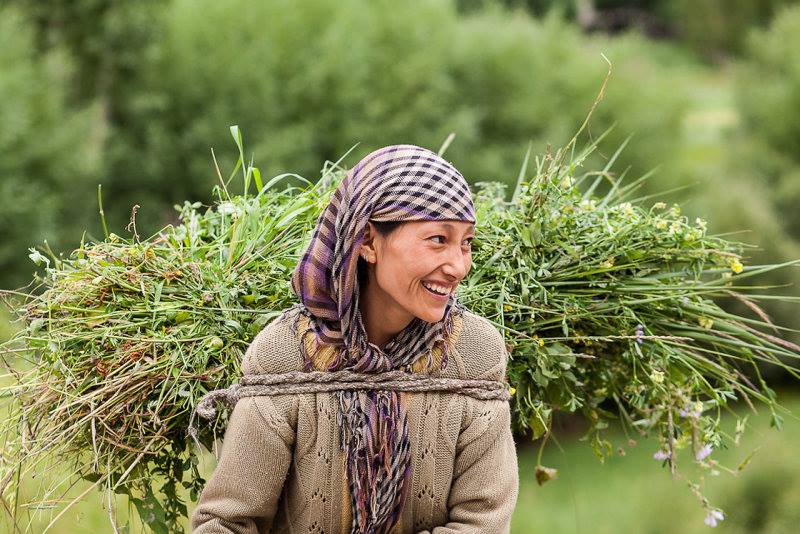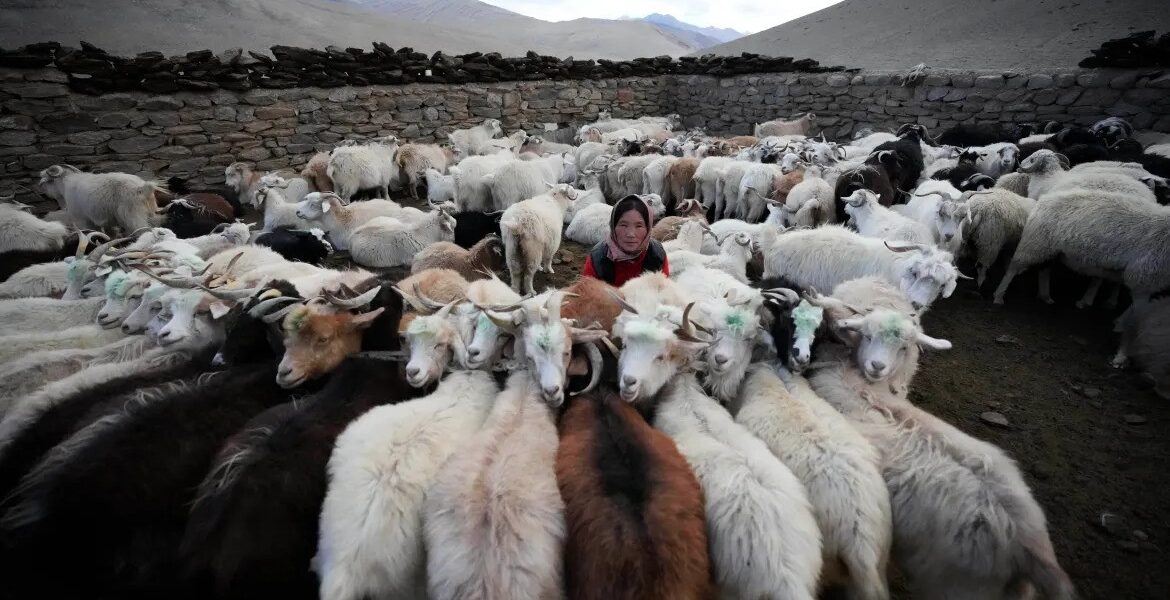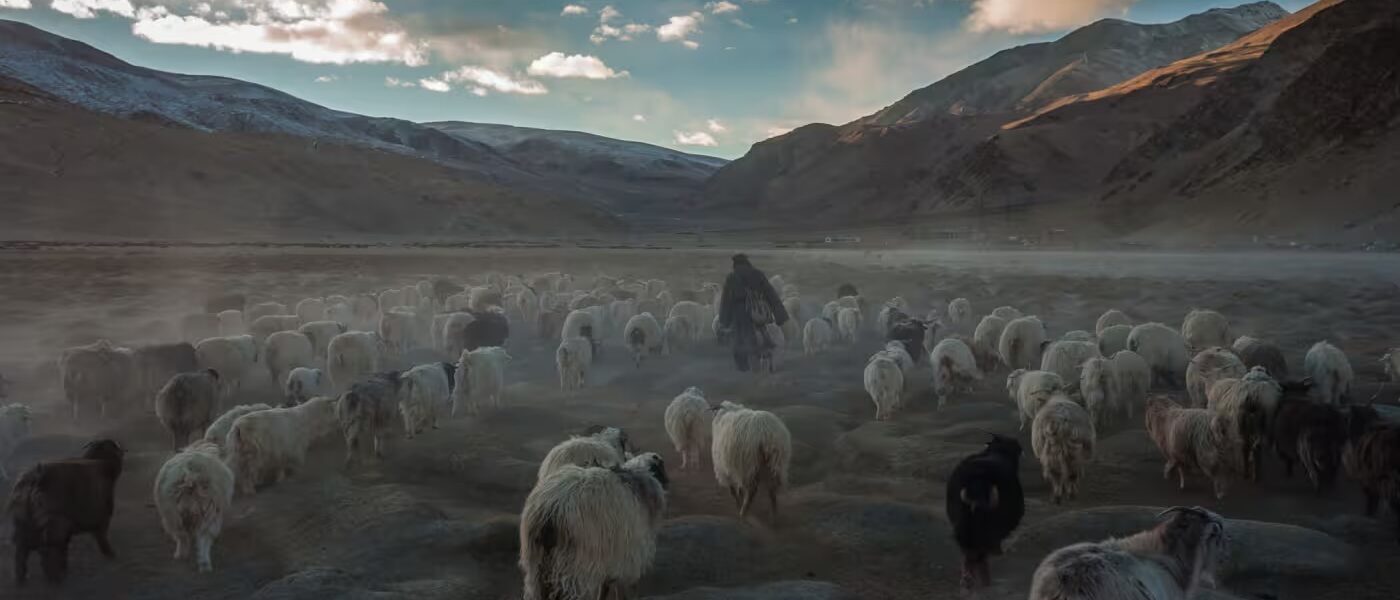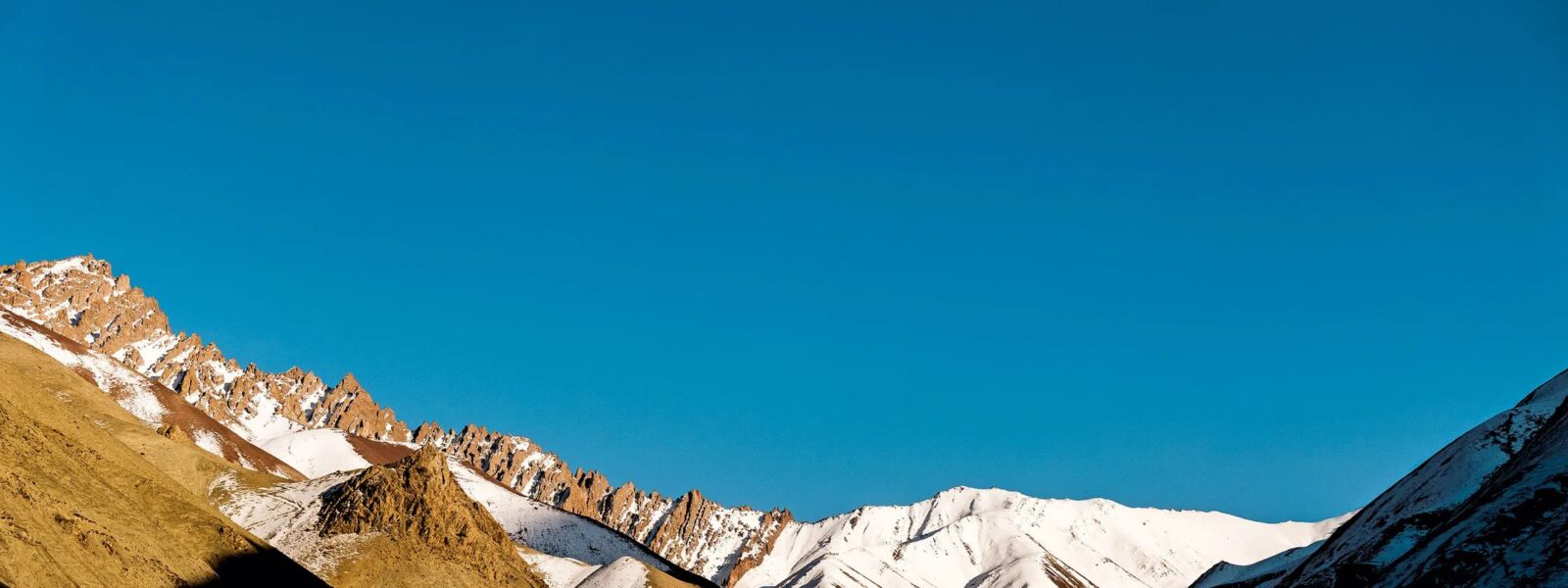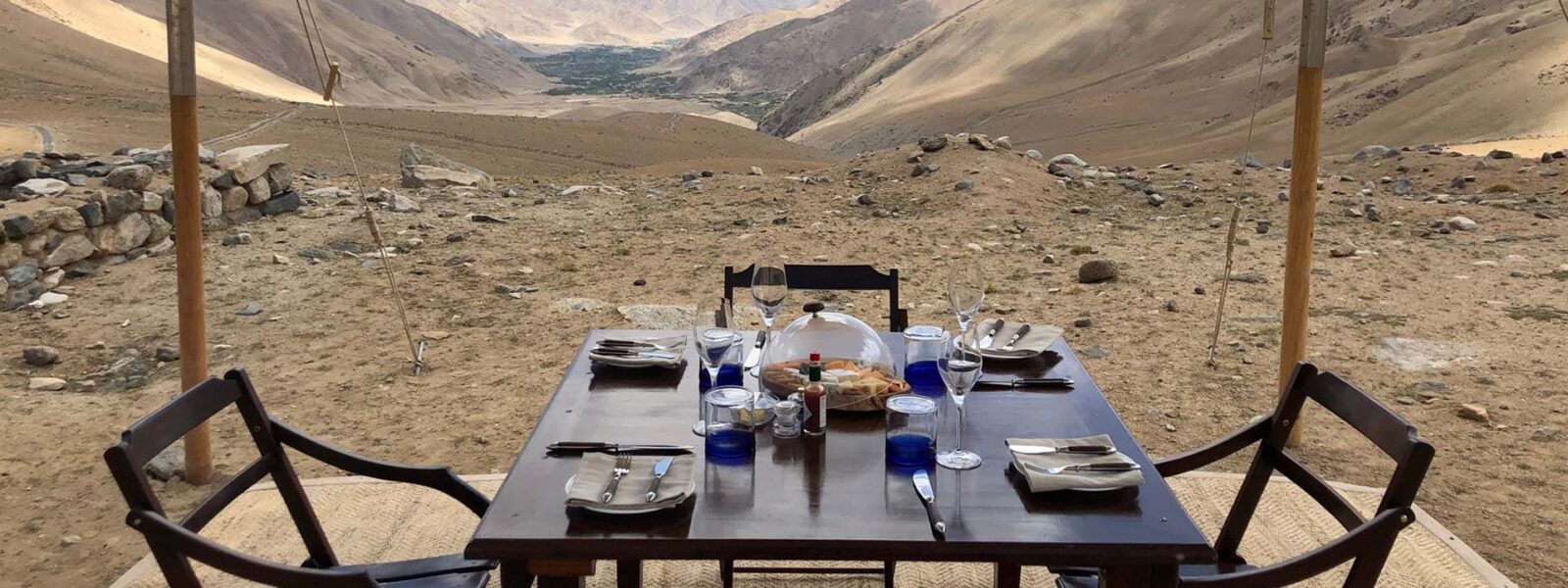Introduction — When Travel Stops Consuming and Starts Co-Creating
The first time I landed in Leh, it was late September. The highland sun had begun to slant low, casting long shadows over the Indus Valley. I remember the silence—thicker than the altitude, quieter than prayer. It was the kind of silence that doesn’t demand attention but offers it. And yet, as I looked around, I felt a paradox I’ve sensed in many parts of the world on the brink of change: Ladakh, in all its ancient wisdom, felt like it was waiting for something. Or perhaps—someone.
This story isn’t just about Ladakh. It’s about the future of travel, a future that is already unfolding in Iceland, Bhutan, New Zealand, and parts of South America—but hasn’t quite reached here yet. The question isn’t whether Ladakh can join this global movement. The question is: what happens if it doesn’t?
Around the world, we are witnessing a profound shift in how people move across landscapes. No longer is travel simply about consumption—collecting sights, selfies, and bucket-list conquests. It’s becoming something else: a form of co-creation, of contributing rather than extracting. This is the heartbeat of regenerative tourism—a term that, in my field, refers to experiences that actively restore, heal, and enrich the ecosystems and cultures they touch.
In the highlands of Peru where I currently live, community-led initiatives are transforming trekking into a shared act of preservation. In Bhutan, a nation’s well-being is measured not by GDP, but by Gross National Happiness—a radical redefinition of success. In Iceland, traveler data is used not to maximize arrivals, but to protect fragile terrain. And yet, here in Ladakh, the winds of transformation have only begun to stir.
This column is a meditation and a map. It is for conscious travelers from Europe and beyond who are searching not only for unspoiled beauty, but for meaning. It is for Ladakhi communities, policymakers, and tour operators asking themselves, “What now?” It is for anyone who believes that travel can be a force for good—if we design it that way.
Over the next few sections, I will explore what regenerative tourism truly means, how global destinations are leading the way, and what specific steps Ladakh can take to embrace a future-ready travel model. Because the future of travel is already here. Just not in Ladakh. Not yet.
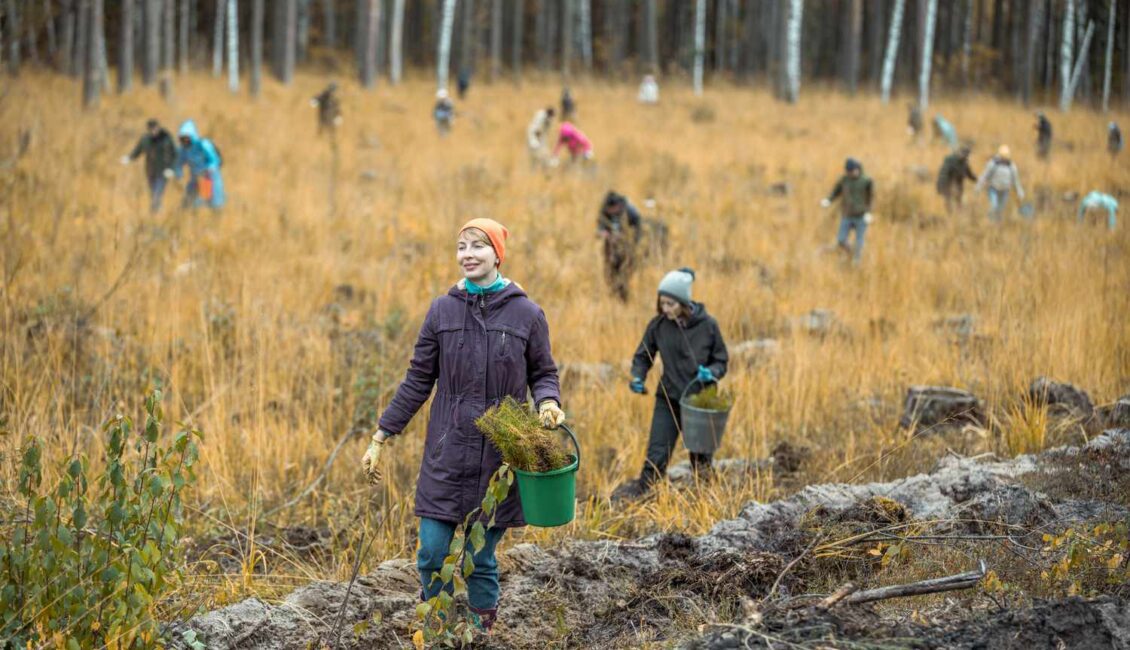
Chapter I — What Is Regenerative Travel? A Global Snapshot
From Sustainability to Regeneration: A Shift in Thinking
For decades, the word “sustainability” has guided our conscience. It told us to tread lightly, leave no trace, and reduce our footprint. But in the face of ecological breakdown and cultural erosion, sustainability now feels like a polite whisper in a world on fire. Around the globe, a bolder philosophy is taking root—regenerative travel. Not content with simply doing less harm, this approach asks: can tourism do actual good?
In regenerative travel, the traveler is not a guest, but a participant—actively engaged in enhancing the places they visit. This isn’t theoretical. In Aotearoa (New Zealand), the Tiaki Promise invites visitors to care for people and land as guardians, not consumers. In Chilean Patagonia, pioneering eco-lodges are not just carbon-neutral but climate-positive, restoring forests and supporting rewilding projects. These are not travel trends. They are systemic rethinks.
Imagine a trek that doesn’t just admire a landscape, but contributes to its restoration. A homestay that revives local language and crafts, not just provides a bed. A tour where silence, time, and nature are not luxuries—but part of the product. That’s the regenerative lens.
Synonyms With Substance: Conscious, Ethical, and Restorative Travel
Let’s pause on words. “Sustainable,” “conscious,” “ethical,” “restorative”—these are often used interchangeably in travel discourse, but they carry distinct shades. Conscious travel speaks to intention—being aware of impact. Ethical travel leans into justice—ensuring fair treatment of people and places. Restorative travel implies healing—from colonial histories, from climate trauma, from alienation. Regenerative travel is all of these, with one key difference: it invites reciprocity. It asks what the traveler can give, not just what they want to get.
In Iceland, overtourism at major sites like Gullfoss prompted the government to decentralize tourism flow. In Bhutan, the government limited numbers to protect spiritual heritage, implementing a high-value, low-volume model. In Peru’s Sacred Valley, guides are trained to be interpreters of land and lineage—not just itinerary keepers. These nations aren’t perfect, but they are asking the right questions—and designing systems that serve not just travelers, but future generations.
And so the next question is inevitable: Where does Ladakh stand? Does it want to be a follower of old tourism scripts or a writer of new ones?
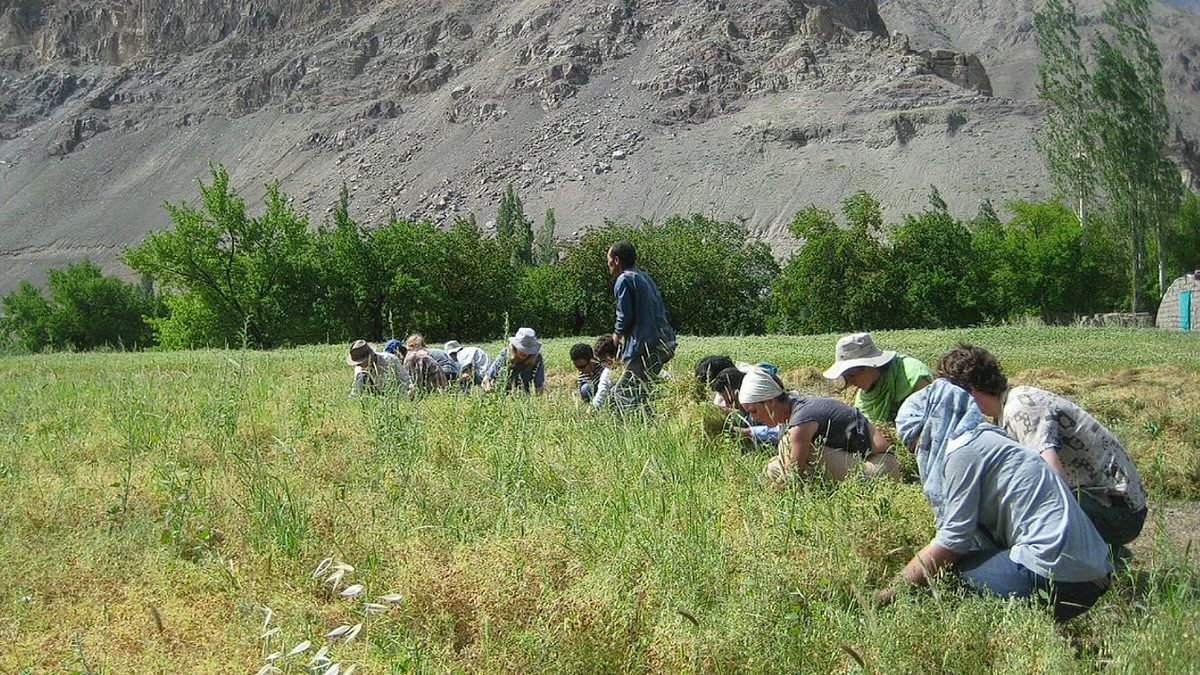
Chapter II — Ladakh: A Timeless Landscape at a Crossroads
The Allure of Ladakh and the Danger of Being Loved Too Quickly
There’s something about Ladakh that makes time misbehave. The moments stretch long like the shadows cast by prayer flags over chortens. And yet the pace of change here has become dizzying. What took centuries to build—its cultural resilience, architectural harmony, and ecological balance—now finds itself vulnerable to the forces of mass tourism compressed into a few short years.
Ladakh has become a dream for many European travelers seeking silence, altitude, and authenticity. But dreams, when commercialized too fast, can shatter the very essence that made them magical. Places like Pangong Tso and Khardung La now bear the scars of overexposure: litter in sacred lakes, noise where once was stillness, and infrastructures buckling under the weight of unchecked popularity. It is the paradox of the modern tourism age—visibility can erode value.
This isn’t just a Ladakhi story. It’s a Himalayan echo of what happened in Machu Picchu, in Bali, in the Alps. But while others are experimenting with limits and rebalancing, Ladakh remains caught between a desire to benefit from tourism and the fear of losing its soul to it.
Why Ladakh Isn’t Part of the Conversation (Yet)
Despite its unique ecosystem and cultural depth, Ladakh is largely absent from the global discourse on regenerative tourism. Why? One reason is the current tourism model here is still built on volume, not value. The success of a season is measured in vehicles and bodies, not in community well-being or watershed health. Another reason is the lack of coordination between stakeholders—hoteliers, local leaders, policymakers, and villagers often operate in silos.
There’s also a missed opportunity in storytelling. While places like Bhutan promote their philosophy of Gross National Happiness to the world, Ladakh’s deep spiritual and ecological narratives remain under-communicated. European travelers, especially those from Scandinavia, Germany, and the Netherlands, are actively searching for destinations that align with their values: low-impact, authentic, and emotionally resonant. Ladakh has all the ingredients—but not yet the framework.
What Ladakh needs is not more tourists—but a new kind of tourist. A new kind of guide. A new kind of tourism. The kind that doesn’t ask “How many came?” but “How much was preserved?” This is not a critique; it is a call. Because when a place stands at a crossroads, every step matters.
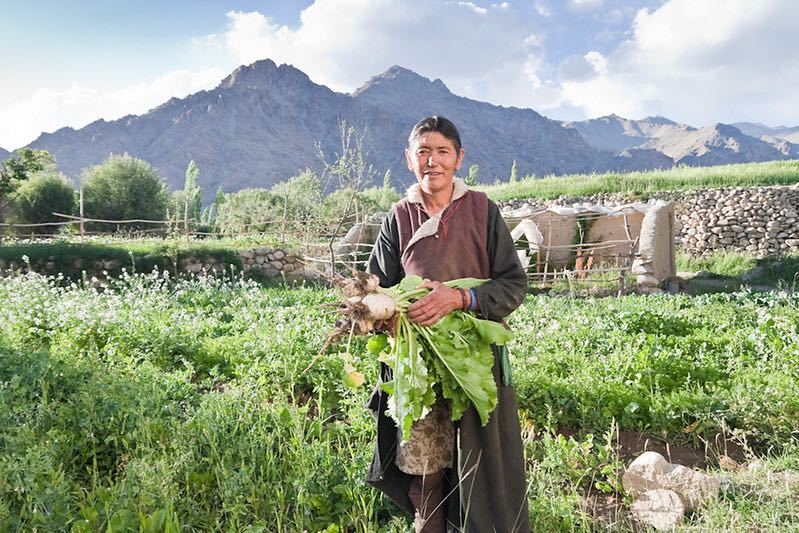
Chapter III — What Ladakh Can Learn from the World’s Regenerative Leaders
Bhutan’s High Value, Low Impact Strategy
Bhutan didn’t open its doors to tourism until 1974—and even then, it did so cautiously. Guided by the philosophy of Gross National Happiness, it built a model based on quality over quantity. Today, every visitor pays a daily sustainability fee, which is reinvested into the country’s health, education, and conservation efforts. The idea is simple: those who come must also give.
For Ladakh, the lesson here is profound. It’s not about imitation, but adaptation. Could Ladakh imagine a future where tourism is not measured in arrivals, but in mutual enrichment? Where guests are welcomed not just to see, but to support the land and communities they pass through?
Peru’s Sacred Valley: Sacredness in Slowness
In Peru, I’ve watched the Sacred Valley embrace a different tempo. Tourism here isn’t about ticking off ruins; it’s about lingering. Community-led treks, like the Lares route, prioritize cultural immersion, inviting travelers to share meals, ceremonies, and stories with Quechua families. Slowness becomes sacred—an antidote to the extractive pace of mainstream tourism.
Could Ladakh do the same? Could homestay hosts be trained as cultural custodians, not just accommodation providers? Could guests learn to plant barley, shape butter lamps, or listen to Ladakhi cosmology around a fire? In doing so, the line between traveler and local becomes porous, and tourism becomes a shared act of remembrance.
Iceland’s Visitor Flow Design & Seasonal Management
Iceland’s landscape, like Ladakh’s, is cinematic—and fragile. In response to growing crowds, the country designed a system that guides tourist flows away from overvisited spots and encourages year-round travel. Off-season experiences are incentivized. Real-time visitor data is used to predict pressure points. Digital storytelling draws people to lesser-known gems.
For Ladakh, this model holds strategic value. Regions like Zanskar, Changthang, and the Sham Valley offer incredible experiences yet remain underpromoted. With the right tools and policies, Ladakh could shift its tourism calendar—extending the season, easing pressure, and creating stable livelihoods for rural families.
In all these countries—Bhutan, Peru, Iceland—the common thread is design. Tourism didn’t just happen. It was imagined, shaped, and directed toward restoration and resilience. Ladakh, too, can choose this path. But it must choose consciously.

Chapter IV — A Regenerative Blueprint for Ladakh
Step One — Measure What Matters (Silence, Snowmelt, Smiles)
Regeneration begins not with slogans, but with measurement. Yet the metrics must change. What if Ladakh tracked its success not by how many tourists arrived each year, but by how much silence remained in its valleys? How many glaciers held firm? How many smiles lingered after a guest left a village homestay?
To build a regenerative model, Ladakh needs new indicators: volume of local income retained, biodiversity preserved per trek route, cultural knowledge passed on through tourism. These could be measured through partnerships with universities, NGOs, and even the travelers themselves. Just as Iceland uses digital tools to manage flows, Ladakh could develop open-source mapping of stress zones and sacred zones—areas where visitation must be limited, paused, or intentionally designed for low impact.
What if each visitor, upon departure, received a report of their impact? Their water usage. Their carbon load. But also, their positive contribution: local purchases, hours spent learning, connections formed. The shift is philosophical, yes—but also profoundly practical. It invites accountability and pride in equal measure.
Step Two — Design Experiences That Heal
Regenerative tourism is not just a checklist—it’s a design philosophy. The kinds of experiences offered in Ladakh must shift from passive observation to active participation. That could mean silent meditation treks through Hemis National Park. Or nomadic-life immersions in Changthang, guided by the rhythms of sheep, sky, and song.
Instead of just visiting monasteries, what if guests learned the art of making incense or preserving butter sculptures? Rather than driving across passes, what if they walked part of the old trade routes with elders as storytellers? These are not “activities” in the traditional tourism sense. They are ceremonies of connection—between person and place, host and guest.
And the healing must go both ways. The land heals when footpaths replace roads. The communities heal when their knowledge is valued. And the traveler heals when they are no longer consuming beauty, but co-creating belonging.
Step Three — Incentivize Value Over Volume
Ladakh must decide: will it pursue growth or depth? Instead of maximizing arrivals, what if incentives were tied to dispersal, seasonality, and local engagement? For example, lower permit costs for those staying in remote villages, or discounts for travelers choosing off-season journeys or carbon-offset packages.
Local businesses could be rewarded not by how many guests they host, but by how ethically they operate. Guides could receive certification for cultural fluency, ecological literacy, and first aid—not just for altitude, but for empathy. Investments could be channeled into water conservation, waste-free trekking systems, and storytelling platforms run by Ladakhi youth.
A regenerative Ladakh would not look like a busier Ladakh. It would look like one where silence is protected, glaciers are honored, and every journey becomes a form of stewardship. That blueprint exists. All that remains is the collective will to draw it.
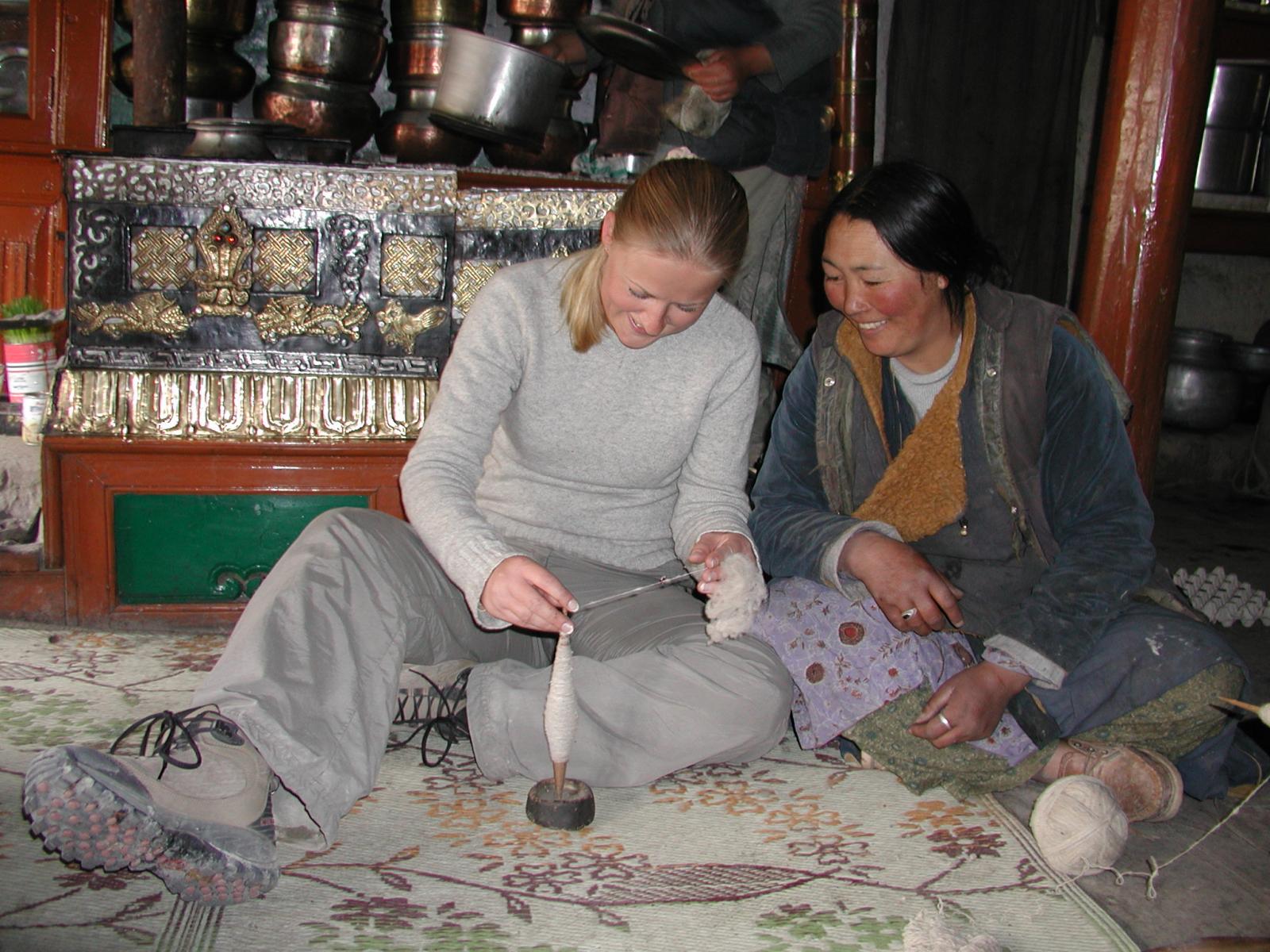
Chapter V — What Kind of Traveler Will Come to Regenerative Ladakh?
From Sightseeing to Soul-Seeing
The future of travel doesn’t wear matching t-shirts or ride in convoys. It arrives with intention, humility, and time. The traveler who will come to a regenerative Ladakh is not looking to check off monasteries and mountain passes. They are looking for a place that listens back. A place where beauty is not consumed, but contemplated.
These are the travelers—many from Europe, particularly Germany, France, the Netherlands—who are already choosing destinations based on values. They ask different questions: What is my impact here? Am I helping sustain or subtly erode what I came to witness? These guests are not seeking luxury in thread counts, but in depth of encounter—measured in shared meals, sacred stories, and silent walks across high plateaus.
They are drawn to slowness, to walking rather than driving. To learning, rather than consuming. They are seekers, not spectators. And when Ladakh is ready to meet them on those terms, something extraordinary becomes possible: a form of travel that nourishes both sides of the path.
The Role of the Guide, Reimagined
To welcome this kind of traveler, Ladakh must also reimagine the role of the guide. Not just as logistics managers or route planners—but as cultural interpreters, ecological stewards, and even spiritual hosts. In Iceland and Peru, I’ve seen the power of storytelling training for guides—giving them tools to narrate not just facts, but values.
Imagine a Ladakhi guide who explains not just the history of Hemis Monastery, but the deeper spiritual ecology of the region. Who invites guests to pause before a glacial stream, not for a photo, but for a reflection. Who knows when to speak—and when to let the wind do the talking.
Certification programs could evolve beyond first aid and altitude safety to include language, history, environmental ethics, and emotional intelligence. This is not romanticism—it is regenerative professionalism. Because the traveler of the future doesn’t just need a map. They need a mirror.
In a regenerative Ladakh, the guide becomes not a service provider, but a bridge. Between worldviews. Between past and future. Between visitor and place.

Conclusion — Ladakh, the Last Place or the First?
There is a Ladakhi saying that loosely translates to: “The path is made by walking, not waiting.” And yet, Ladakh today stands still—at a threshold. Behind it lies the old model of tourism: rapid, extractive, and unsustainable. Ahead lies something quieter, slower, and infinitely more meaningful: a model rooted in regeneration, reciprocity, and reverence.
Ladakh does not need to become Bhutan, or Peru, or Iceland. It needs only to become more deeply itself—on its own terms, through its own truths. The monasteries, the nomadic routes, the apricot orchards, and the glacial lakes—they are not just attractions. They are inheritances. And tourism, when designed with care, can become a form of guardianship.
But this won’t happen by accident. It must be imagined, planned, and enacted. It means new policies. It means bold experiments. It means inviting voices that have long been silent—women, herders, monks, youth—to shape the way forward. It means saying no to short-term gains, in service of long-term belonging.
For the traveler, the message is simple: come not to consume Ladakh, but to meet it. Come not to conquer a pass, but to be transformed by a valley. Come with open eyes—and open hands. Because the future of travel is not about where you go, but how you go. And whom you become along the way.
So, is Ladakh the last place to embrace the regenerative turn—or the first place to do it in a way only Ladakh can? That, dear reader, is not a rhetorical question. It is an invitation. One that begins with a single step, and a single story, told differently.
The future of travel is already here. Let’s make sure it finds its way to the Himalayas.

About the Author
Originally from Utrecht, the Netherlands, Isla Van Doren is a regenerative tourism consultant currently based in the rural outskirts of Cusco, Peru.
With a background that blends academic research and on-the-ground storytelling, her writing brings together data and emotion in equal measure. She has worked in Bhutan, Chile, and New Zealand, and draws bold, thoughtful comparisons between the world’s leading sustainable destinations.
This is her first visit to Ladakh—and it arrives with deep curiosity. As an outsider looking in, she offers fresh, analytical insights that challenge both travelers and local stakeholders to rethink what tourism can become.
She often asks provocative, poetic questions like:
“Bhutan measures its success in Gross National Happiness. What if Ladakh measured its tourism in silence preserved per visitor?”

